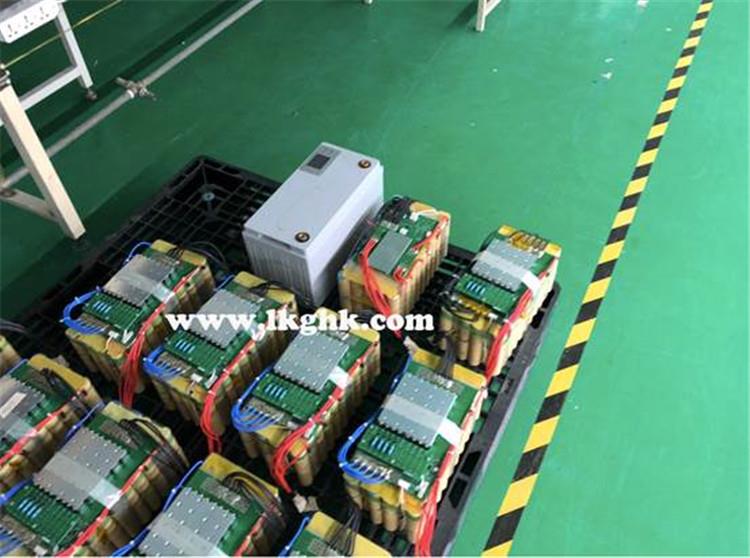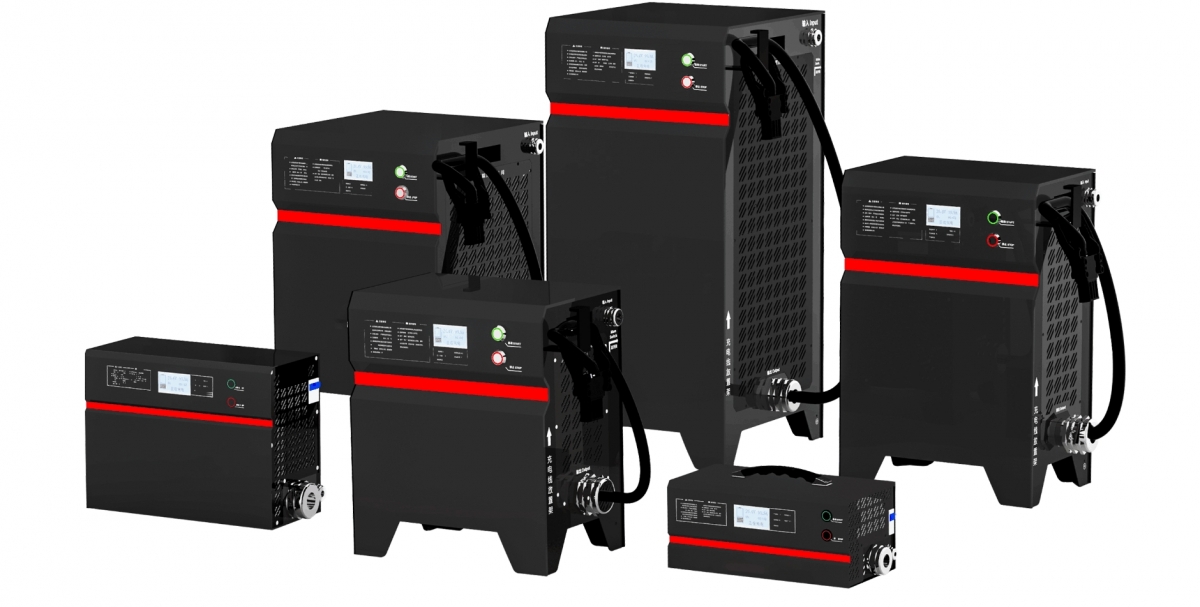- 20
- Dec
The 2019 new energy vehicle subsidy has not been determined, who is the “night watchman” of the power lithium battery?
Recently, the Minister of Industry and Information Technology Miao Wei stated at the 2019 Electric Vehicles Forum that we are working hard to formulate a subsidy policy for 2019 (new energy vehicles). The general principle is to ensure that after all subsidies are cancelled in 2021, the industry will not experience major fluctuation. Gradually release the pressure caused by retrograde to prevent excessive retrograde, which will cause a big increase and then a big drop.
In fact, around the adjustment of new energy vehicle subsidies in 2019, the industry has speculated on multiple versions, among which manufacturers are most concerned about the requirements of battery energy density. To meet the ever-increasing demand, every manufacturer is also a good idea. New materials and new packaging are available, but there are also traditions like Xuanguan Technology Center (002074-CN), iron phosphate. This porch should be installed in 2018 for domestic power lithium batteries. Ranked third in capacity, what exactly is Xuanguan Hi-Tech thinking about?

In fact, Guoxuan’s ranking in third place is a bit embarrassing because it only accounts for 5% of the country’s total installed capacity, while the top two Ningde Times (300750-CN) and BYD (002594-CN) together account for the country’s total 60% of the installed capacity has obvious head effect and belongs to the first echelon. Guoxuan is followed by Lishen, Funeng, Bick, and Yiwei Lithium (300014-CN), each accounting for about 3%, forming the second layer. Guo Xuan was caught between the two echelons and couldn’t rush up, worrying about being overtaken by the team behind.

In the first three quarters of this year, the total installed capacity of lithium batteries for electric passenger vehicles in my country was 16.06GWh, accounting for 87%, and lithium iron phosphate batteries accounted for only 12%. Guoxuan High-Tech is like a stubborn cow holding an old lithium iron phosphate battery in the giants’ strength in the direction of high nickel ternary and soft packs. In the first three quarters of 2018, the installed capacity of lithium iron phosphate batteries was 1.41GWh, accounting for as much as 90%, which is inconsistent with the market’s blind pursuit of high energy density. What is the purpose of being so stubborn?
In the domestic new energy automobile industry for nearly ten years, it has introduced the concept of automobile manufacturing and battery design around the subsidy policy.
First of all, the safest lithium iron phosphate is gradually replaced by terpolymer materials with higher energy density. Then, in order to reduce the weight of the battery, the metal casing of the cylindrical and square batteries was replaced with a flexible packaging material made of aluminum plastic film. But is this design starting point to build a good new energy vehicle? Or look at the line of subsidies for renewable energy vehicles? In 2016, the Ministry of Industry and Information Technology suspended the inclusion of ternary lithium battery buses in the promotion of new energy vehicles due to potential safety hazards. content.
Performance comparison of mainstream lithium battery cathode materials
The advantage of lithium iron phosphate is that it has better safety and cycle life, and the price is more affordable. With the large-scale application of nickel, cobalt, and manganese ternary lithium batteries, the price of cobalt has been pushed up, and the price advantage of iron and phosphoric acid batteries has become more obvious.
Electric vehicle combustion accident statistics in the first ten years of 2018
The above is the statistical data of China’s electric vehicle fire accidents in the first 10 months of 2018. The summer is the peak period of fires. Ternary materials have higher energy density, but if there is no safety, what does this mean?
The design concept of catering to subsidies has also aroused regulatory reflection. Finally, the National Development and Reform Commission cancelled the energy density requirements for power lithium batteries in the “Regulations on Investment Management in the Automobile Industry” issued on December 18, 2018.
Therefore, many industry experts speculate that the new energy vehicle subsidy policy in 2019 may not increase the energy density requirements of power lithium batteries, which is not worth sacrificing safety. This is a major benefit for Guoxuan Technology, which insists on using lithium-ion iron phosphate batteries. We also want to take a look. Without subsidies, who is more competitive?
market recognition
In fact, in the environment of declining subsidies for new energy vehicles, the attractiveness of lithium iron phosphate batteries has become more and more prominent. JAC is the largest customer of Guoxuan’s high-tech passenger vehicles. According to the strategic cooperation agreement reached between the two companies, in addition to the end of 2018, Guoxuan High-tech will also provide 3,500 sets of iEVA50 lithium iron phosphate battery packs to JAC in batches. In 2019, Guoxuan Hi-Tech has guaranteed the continuous growth of more than 4GWh of batteries for 7 models of JAC including passenger cars and commercial vehicles, with a total output value of more than 4 billion yuan, which is almost equivalent to the total annual revenue of Guoxuan Hi-Tech in 2017. .
In addition, Guoxuan’s partner Chery New Energy also plans to increase the use of lithium iron phosphate in passenger cars.
An attempt in the field of high energy density power lithium batteries
In fact, Guoxuan does not intend to make a desperate bet. At present, the output of Guoxuan High-tech ternary lithium battery has increased to 3GWh, and its 622 ternary battery products have an energy density of more than 210Wh/kg and will be delivered in June 2018.
In addition, Guoxuan High-tech has undertaken the 300Wh/KG high-energy density major technology project of the Ministry of Science and Technology. On January 10, the panoramic network investor interaction platform, the company stated that the company has completed the equipment installation of the 1GWh soft-clad line supporting the three yuan 811. It is expected to achieve mass production of ternary 811 soft pack batteries next year.
2021, lithium iron phosphate batteries will usher in a turning point
What will happen after 2021? This is an obstacle faced by all companies surrounding the new energy vehicle industry chain. Instead of being restricted by subsidies, car companies can design new energy vehicles around safety, cost, and consumer experience.
This is also good for consumers. Those who are interested in lightweight and long life can choose ternary soft lithium battery. Those who do not care about the price can choose a ternary hard-shell lithium battery with a high cobalt content.
The most important thing is that different types of power lithium batteries can compete fairly, and consumers can choose products that are more suitable for them. If you want to compare BYD and Tesla, you can’t help but compare which has better battery technology. Let’s take a look at their battery characteristics. BYD uses more lithium-ion iron phosphate batteries, which have longer battery life and better safety performance. However, the energy density is low and the charge and discharge cost is high. Lithium-ion iron phosphate batteries require more batteries for the same cruising range. Just like two mountaineers, iron phosphate athletes, if he wants to reach the top of the mountain, he needs more food. In other words, it needs a larger backpack to carry more weight.
BYD
It should be noted that Tesla actually does not have battery technology, except for electronic control and driver assistance. Someone once summarized the early Tesla as: Tesla electric car = Panasonic battery + Taiwan motor) + own electronic control equipment + Mazda chassis + own shell. This belittles Tesla, but she doesn’t think it’s a big deal.
